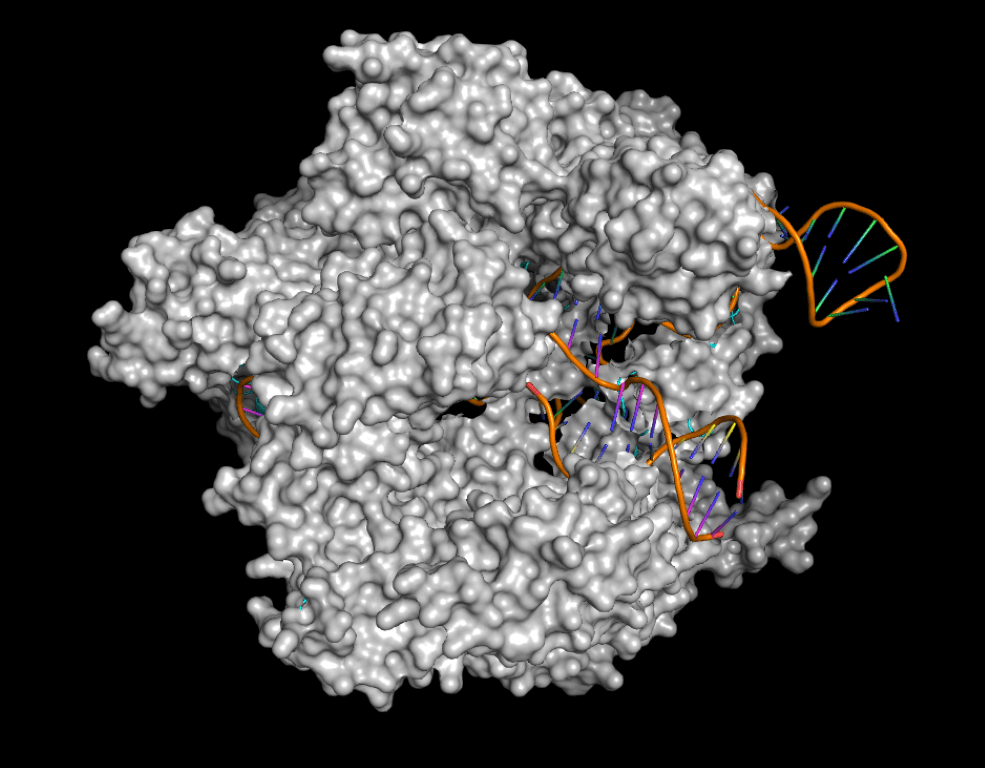——— December 22, 2021 | News | Research & Discoveries
Revolutionary CRISPR technique that is incredibly precise might treat a variety of hereditary illnesses
The technique gives scientists better control over DNA alterations, perhaps allowing researchers to use gene editing in settings that have previously been difficult.
——— Recent Articles
Despite how quickly and easily the widely used CRISPR-Cas9 gene-editing technique modifies genomes; it is nevertheless rather cumbersome and prone to mistakes and unforeseen consequences. Greater control over genome editing is now possible because to a recently developed alternative; this development may be particularly significant for the creation of gene therapies.
The tool also appears to be able to edit a larger range of things, which might one day make it possible to use it to treat the numerous hereditary disorders that gene-editors have so far been unable to address. The lead study author, a chemical biologist at the Broad Institute of MIT and Harvard in Cambridge, Massachusetts, believes that prime editing could aid in the study of nearly 90% of the more than 75,000 disease-associated DNA variants listed in ClinVar, a public database created by the US National Institutes of Health. The specificity of the modifications that this most recent technology is capable of may also make it simpler for researchers to create artificial illness models in the lab or to investigate the role of specific genes.
According to molecular researcher Erik Sontheimer of the University of Massachusetts Medical School in Worcester, prime editing may not be able to create extremely large DNA insertions or deletions as CRISPR-Cas9 can, thus it’s unlikely to totally replace the well-established editing method. Because a strand of RNA is encoded with the alteration that a researcher intends to make for primary editing, this is the case. That strand is more prone to sustain damage from cell enzymes as it grows longer. Prime editing, however, seems to be more accurate and adaptable than other CRISPR alternatives created so far. These include outdated technologies like zinc-finger nucleases, which are challenging to customize for each desired change, and customized versions of CRISPR-Cas9 that allow researchers to switch out one DNA letter for another.
Both prime editing and CRISPR-Cas9 operate by severing DNA at a specific location in the genome. The DNA double helix is broken by CRISPR-Cas9, which then uses the cell’s own repair mechanism to fix the damage and introduce the modifications. However, that repair system is unreliable and can add or remove DNA letters where the genome has been damaged. This may result in a random assortment of modifications that differ between cells. Additionally, the DNA repair machinery in most cells is much more likely to produce those tiny, arbitrary insertions or deletions than to add a particular DNA sequence to the genome, even when researchers include a template to direct how the genome is altered. This makes it challenging, and in some cases very impossible, for researchers to utilize CRISPR-Cas9 to replace a single piece of DNA with a desired DNA sequence.
Prime editing gets around these issues. Like CRISPR-Cas9, it employs Cas9 to detect certain DNA sequences, but the Cas9 enzyme in the primary editing tool has been tweaked to only nick one DNA strand. The modifications are then made at the location of the cut by a second enzyme called reverse transcriptase, which is directed by an RNA strand. Researchers are no longer forced to rely on the cell’s DNA repair mechanism, which they cannot control, to make the desired alterations because the primary editing enzymes don’t need to break both strands of DNA to make changes. The creation of remedies for genetic illnesses brought on by mutations that are difficult to address by current gene-editing methods may thus be made possible by prime editing.


